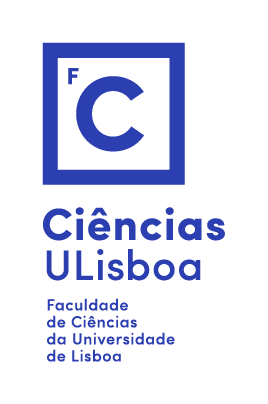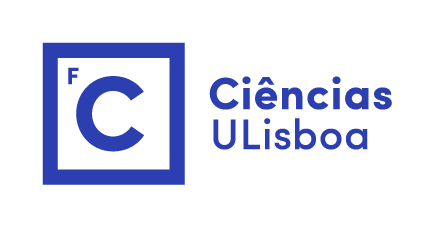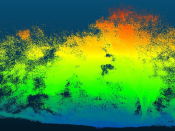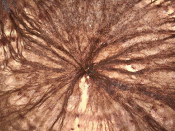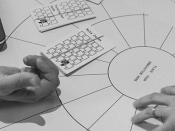Por Clarence Protin.
The homotopy type theory/univalent foundations program aims at providing a type theory for proof assistants and proof checkers suitable for formalising mathematics and in particular homotopy theory.
The original version of homotopy type theory/univalent foundations is based on dependent type theory to which are added axioms for function extensionality and univalence. The basic idea is that concepts of homotopy theory are applied to the treatment of equality types. Roughly speaking, the univalence axiom gives formal justification for the standard mathematical practice of "identifying isomorphic structures."
Voevodsky gave a model of homotopy type theory based on simplicial sets. However this model made essential use of classical logic. Furthermore in the original version univalence is introduced via a postulated constant with no computational interpretation. Since the constructive nature of type theories is a major philosophical and practical advantage an important task in subsequent research has been to give a computational interpretation to the axioms and to find a constructive model.
Since the first cubical set model was proposed around 2014 by Bezem and Coquand required additional operations on cubical sets (such as Kan operations and contraction) have been brought to light as well as the necessity of extending the original syntax of homotopy type theory with new constructors to express these operations. Such systems are called cubical type theories. The most promising model has been the cubical set model presented in the paper of Cohen, Coquand, Huber and Mörtberg (2018) which is based on free De Morgan algebras over names. In the associated cubical type theory function extensionality and the univalence axiom actually become theorems.
In these talks we give a leisurely elementary introduction to the syntactical aspects of cubical type theory as found in the paper of Cohen et al. and present in detail the proof of the univalence axiom using Glue types. We also attempt to explain some of the geometric and topological intuitions behind the use of De Morgan algebras over names. Our presentation does not require any background in category theory or homotopy theory, only some acquaintance with natural deduction and type theory. Finally we touch briefly upon some ideas for actual implementations of cubical type theory which might address some of the efficiency problems.
Transmissão via Zoom.
